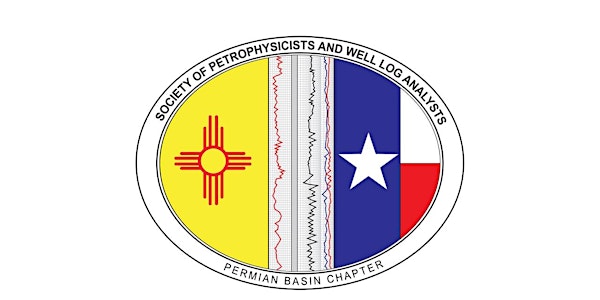
Title: Customized Thin Bed Analysis Workflow Applied to Low Resistivity Pay in Permian Clastics
Event link: https://www.eventbrite.com/e/761335875097?aff=oddtdtcreator
In-person attendance will include a catered lunch
Virtual attendance is free for SPWLA Members or Students. Email PermianBasin@spwla.org for PROMO CODE by January 22, 2024.
Abstract:
Low resistivity pay is a perennial challenge in clastic intervals of the Third Bone Spring formation in the Permian Basin. Water saturations from resistivity are high, and it is difficult to identify productive intervals or to assess oil in place. We show that the primary cause is thin water bearing layers interbedded with the productive layers. We propose a new bimodal resistivity anisotropy model and workflow to better characterize the formation.
A multi-well core-log integration study was conducted to understand the cause of the low resistivity pay and develop a workflow to address it. High resolution core analysis clearly shows the occurrence of beds of varying shaliness on the scale of inches corresponding to intervals of interest with high apparent water saturation. Increased resistivity anisotropy in these intervals indicates the presence of alternating high resistivity and low resistivity layers. Overall lithology, fluid typing and pore size indications from 2D NMR, were integrated to develop a petrophysical model for these formations, leading to a workflow for their evaluation.
Water saturation and inferred lithology of the high resistivity beds are computed, along with quantification of the fraction of interbedded water bearing layers. This more complete analysis forms an improved basis for decision making. The overall proportion of silt and shale in the formation are estimated from the clay volume from elemental spectroscopy logs. The silt and shale are apportioned between water bearing and resistive beds assuming that the resistive beds are more likely to be silt. We thus obtain an indication of the volume of silt in the resistive layers, a useful indicator of reservoir quality, by the degree to which the overall volume of silt exceeds the fraction of water bearing layers.
Another key step is high resolution inversion of triaxial induction data. This reduces the impact of high resistivity carbonates on the measured vertical resistivity, compared with conventional lower resolution one-dimensional (1-D) inversions.
This model is a departure from resistivity anisotropy analyses previously used to evaluate thinly bedded formations based on a bimodal sand-shale model in other geological environments. The sand-shale model, in which the hydrocarbons are assumed to be in the sand layers, cannot be directly applied to these formations because the shales are often the zone of interest: they can and do contain producible hydrocarbons.
Speakers Biographies:
David Allen became fascinated by low resistivity pay along the Texas Gulf Coast as a logging engineer (1979 – 1982). His early LRP papers included Laminated Sand Analysis (1984) and a 1987 Best Paper on LRP due to deep filtrate invasion.
David then worked on MWD developments and co-authored The Petrophysics of Electrically Anisotropic Reservoirs, motivating development of 3D induction tools.
At Schlumberger-Doll Research, 1998-2006, David led studies unraveling micro porous carbonates using NMR logs and helped lead an industry workshop on carbonate LRP. Ince then, in Houston, David has worked on 2D NMR and 3D Resistivity interpretation and applications.
David is an Advisor and former Chief Petrophysicist for SLB, has coauthored 57 papers and holds 7 patents.